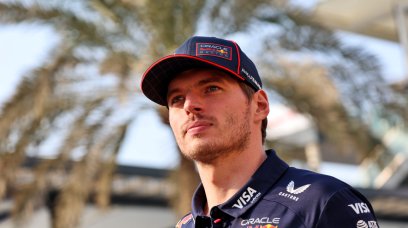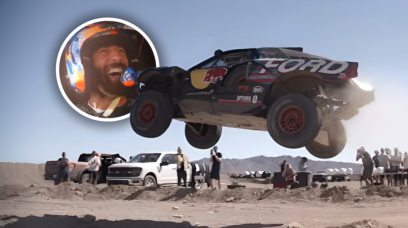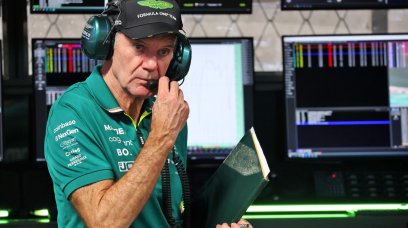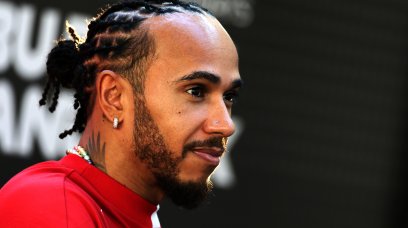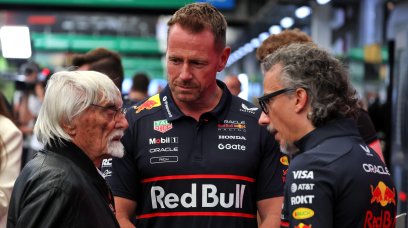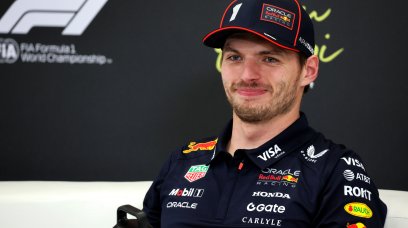Ferrari have explained the "big conundrum" they were faced with at the Japanese Grand Prix in terms of tyre choices. The race began in wet conditions and got off to an eventful start, with Carlos Sainz crashing out on the opening lap. Soon afterwards the event was red-flagged, and eventually resumed two hours later for a shortened 28-lap encounter. Following a day of dry running on Saturday, Ferrari's Head of Race Strategy, Inaki Rueda, admits that the change in weather on Sunday left the team unable to use the dry tyres that they had saved for race day. "When we came in on Sunday morning, we saw that all the dry tyres that we had saved for the race were good for nothing," Rueda said in the Scuderia's post-race analysis. "Why? Because we had a forecast that was very damning. We expected rain to start at noon, and to not finish until late at night."
Tyre conundrum in wet weather
With such weather bringing various challenges, Rueda has detailed how one of the biggest issues is in selecting the right compound between the full Wet tyre and the Intermediate. "In wet conditions this year, with these tyres we have, we have a big conundrum which is that we have an extreme tyre that is good for a very small window – [a] monsoon weather kind of window, in which we never run," Rueda explained. "The Intermediate tyre, on the other hand, is a tyre that actually behaves very well in wet conditions. So any time a race team is given a choice to choose between extreme or Intermediate tyres, we choose the Intermediate. "It is just a faster tyre in most conditions."
Making the switch after the Safety Car
When the race was restarted behind the Safety Car, all cars were running the full Wet tyre. This meant that the teams were then faced with the decision of when to switch to the Intermediate compound. Rueda has explained how Ferrari approached the call. "Nobody could actually fit Intermediate tyres behind the Safety Car," he said. "But, as we know, the Intermediate tyre is the fastest tyre in most wet conditions. So as soon as the Safety Car came into the pits, you saw that there were two cars that came in to [the pits to] swap for Intermediate tyres. "That gave us a clue of how the track was on Intermediate [tyres]. We saw very quickly that Sebastian Vettel was the quickest car out there, only on his out lap on Intermediate [tyres]. "And that gave us all confidence to come in the lap after to change the extreme weather tyres for an Intermediate tyre." Charles Leclerc went on to finish the Grand Prix in second, though was demoted to third after being handed a five-second time penalty for running wide at the final chicane during his last-lap battle with Sergio Perez.
Most read
